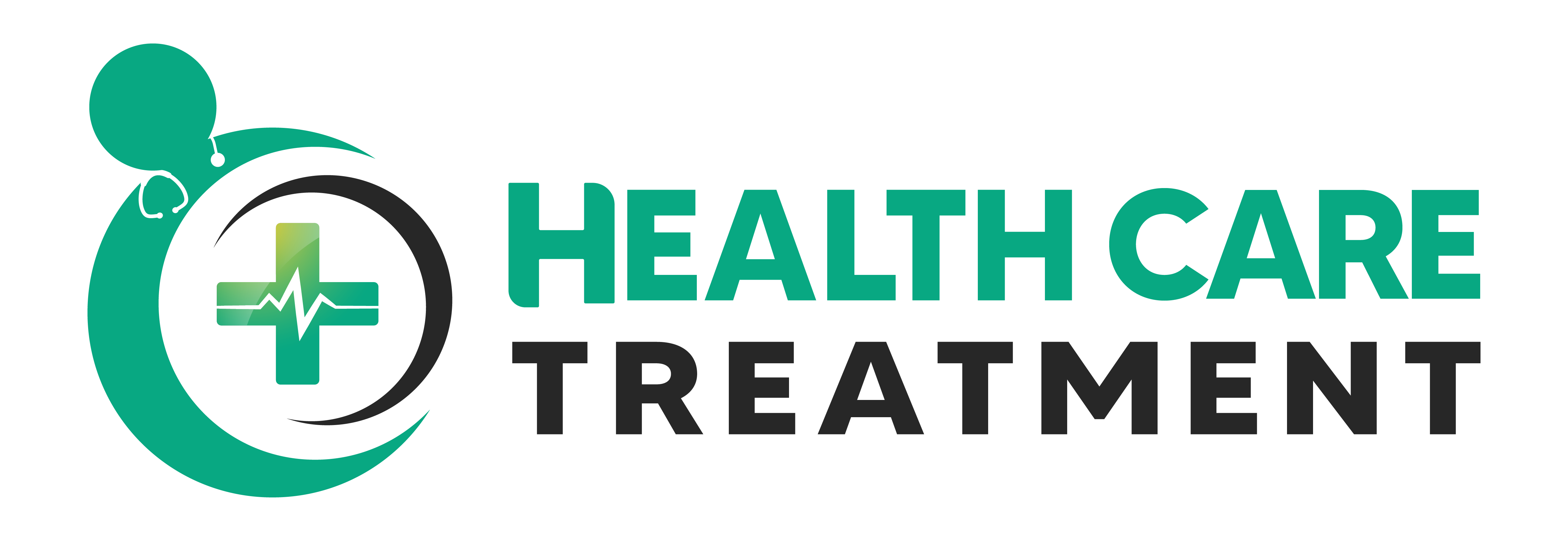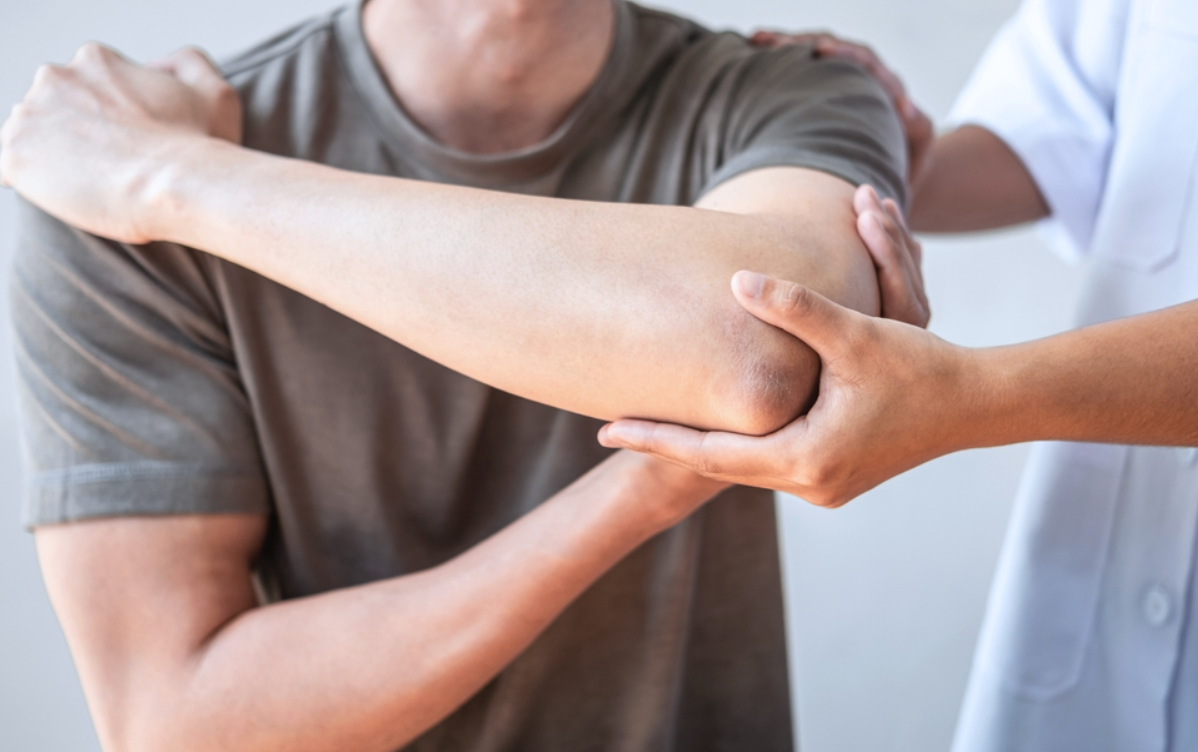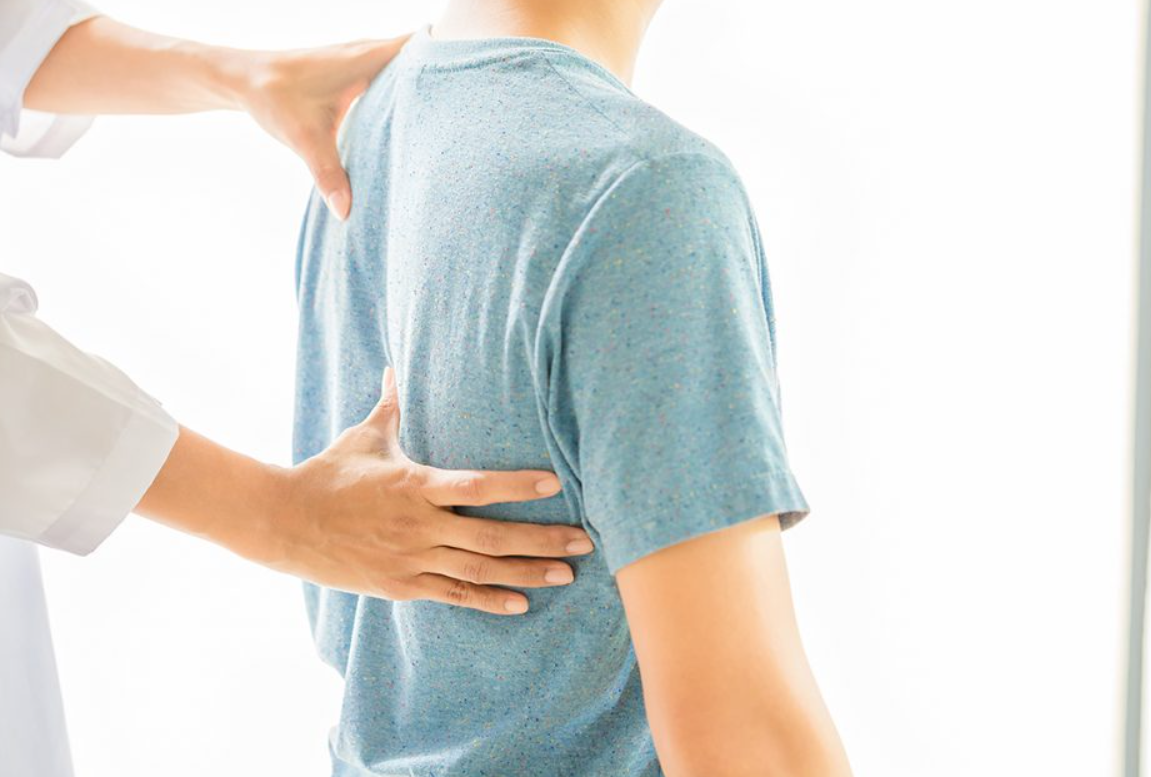Pain management therapy is a medical specialty that helps individuals suffering from chronic pain. Chronic pain can be caused by a number of factors, such as an injury or illness. The goal of pain management is to help patients live their lives with less pain and fewer side effects of treatment.
Pain management center specialist work as part of an interdisciplinary team that may include other healthcare professionals, such as physical therapists, occupational therapists, and mental health professionals. They also work with patients who have chronic pain in order to help them manage their conditions better, which may include counseling and treatment plans.
Pain management specialists can help people relieve their pain through medication or surgery. They often use non-invasive treatments like injections and nerve stimulation to reduce symptoms in the short term while they pursue other solutions for long-term relief.
Ways To Manage Your Chronic Pain Without Relying On Drugs
Chronic pain is the most common cause of long-term disability in the U.S. It’s a major problem that can affect your sleep, mood, and ability to do everyday activities.
Chronic pain can be caused by many things, including arthritis, injuries, or cancer. It can also be psychological or emotional — such as from depression or anxiety — and doesn’t always have an obvious physical cause.
As many as 100 million Americans suffer from chronic pain each year, according to the National Institutes of Health (NIH). The NIH also notes that about 30% of people with chronic pain also have depression.
If you’re living with chronic pain, there are ways you can ease your symptoms without relying on prescription drugs.
- Exercise Regularly
Exercise has been shown to reduce stress levels associated with chronic pain, which can help lower both physical and psychological symptoms of discomfort. While exercise may not be possible under certain circumstances — for example, if you have an injury or illness — it’s still worth trying to get moving whenever you can.
- Get Enough Sleep Each Night (At Least 7 Hours)
Sleep helps the body recover from daily stressors such as work or school, improves mood, and reduces cravings for unhealthy foods like sugar and caffeine — all of which may lead to increased inflammation in your body that can result in increased pain levels.
- Try Acupuncture
Acupuncture has been practiced in China for thousands of years as a way to balance your body’s energy. Today, it’s used by billions of people as a way to relax muscles and reduce stress. Acupuncture has also been shown to help with a variety of health conditions, including depression and insomnia. It works by inserting thin needles into specific points on your body while you lie on an examination table. The needles stimulate your brain’s nerves and trigger your body’s natural pain-relieving chemicals (endorphins). It usually takes several sessions before you start feeling results, but most people see improvement within three months of starting treatment.
- Physical Pain Management Therapy
Physical therapists can help people reduce their reliance on medical treatments by teaching them exercises that stretch, strengthen and condition their bodies through exercise routines and physical therapy programs.
- Get A Massage
Massage therapy is one of the most popular complementary and alternative treatments for chronic pain. It increases blood flow to muscles and joints, which helps relax tight muscles and improves the range of motion. Massage also boosts endorphins (natural pain relievers) and promotes better sleep.
- Try Heat Pain Management Therapy
Heat therapy increases blood flow to affected areas of the body and helps relax tense muscles by slowing down muscle contractions. Heat therapy is often used to treat muscle aches or stiff joints after exercise or physical activity. You can use heat therapy for temporary relief from chronic pain or cold therapy for long-term benefits.
- Try Cognitive Behavioral Therapy
Cognitive behavioral therapy (CBT) is a type of talk therapy that teaches people how to change their thoughts and actions to improve their lives. CBT has been found effective for treating chronic pain in many studies, including one that found it was more effective than opioids in reducing pain intensity in patients with low back pain.
- Keep Your Body Hydrated
When you feel thirsty or like you want a drink of water, it’s probably because of dehydration — not because there’s something wrong with you! Dehydration can happen when you don’t drink enough fluids or if you’re exercising in hot weather or after being sick or injured. You may also feel thirsty when your body doesn’t have enough salt (salt is an electrolyte). Dehydration makes it harder for muscles to work properly, which can lead to pain and stiffness in joints and muscles.
- Try Yoga
Stretching exercises can help improve your range of motion and flexibility, which can reduce tension in your muscles and joints. Yoga involves controlled breathing and movement that helps soothe the mind and body. Try doing some gentle stretching before bedtime or add yoga poses into your daily routine if you’re able to do so safely.
- Eat Healthy Foods
Eating healthy foods that are high in antioxidants can help reduce inflammation in your body and ease pain caused by inflammation or nerve damage. Foods like blueberries, salmon, broccoli, and almonds all have high levels of antioxidants that fight free radicals in your body and help prevent cell damage caused by free radicals — both of which contribute to chronic neck pain conditions like fibromyalgia, multiple sclerosis, and rheumatoid arthritis.”
The Bottomline:
At Lifestyle Pain Management & Wellness Center, we believe that pain is a signal from your body telling you that something is wrong. Whether you have chronic or acute pain, it is important to treat it so that you can return to normal activities and enjoy life again.
The goal of our program is to teach you how to manage your pain in a way that allows you to lead a productive and fulfilling life. Our team works closely with patients to develop a comprehensive treatment plan based on their individual needs.
At our Pain Management Center, we offer a wide range of pain management therapy, including Physical therapy, Massage therapy, Acupuncture, Medication (over-the-counter and prescription), etc.


